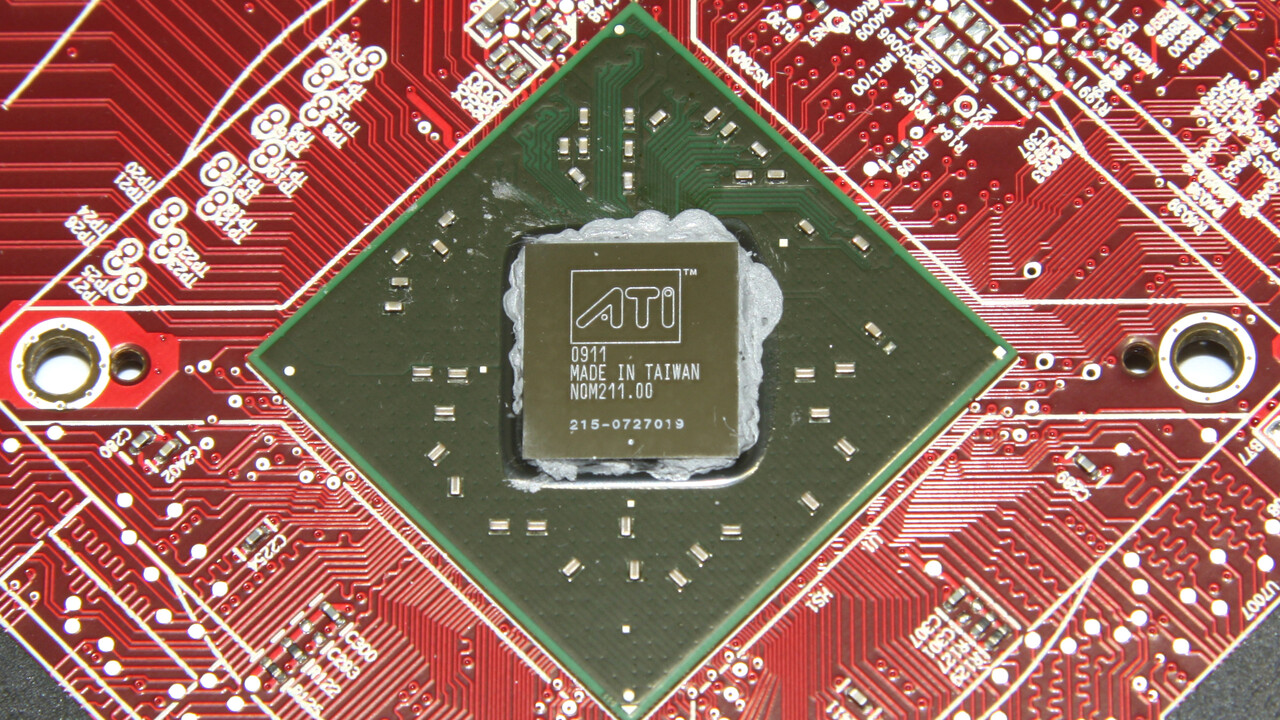The development of conference technologies has made great progress in recent years. Much of what was dreamed of the future is suddenly within reach and goes beyond the classic combination of microphone, camera and screen.
The home office trend has given video conferencing technologies a huge boost and encouraged new innovations. Meanwhile, there are also many approaches that go beyond the usual combination of display, camera, and microphone. Some of these technologies are already in use, and some are within reach.
Metaverse for virtual meetings
In the future, conferencing technology could have more to do with virtual reality (VR) technology. Virtual reality applications for commercial purposes are nothing new, but the metaverse could take the possibilities to a new level. Meta and Microsoft have already announced their own version of the Metaverse. These are virtual worlds where people with suitable devices and internet connection can interact with each other: for social exchange, for entertainment and last but not least for work.
As a first step into the metaverse, the Meta calls the “Horizon Workrooms” app. It is used to hold meetings and to represent participants as an avatar in a virtual environment such as an office. Up to 50 people should be able to interact with each other, provided they have Oculus Quest 2 VR glasses. In principle, you can also participate via webcam.
With the headset remote control in your Meta Horizon Workrooms solution, you can write and draw on the whiteboard. (Source: Meta)
In a virtual meeting, participants can access documents on their computers, share screens, or transmit keystrokes to the virtual environment. Each digital room has a whiteboard on which participants can write or draw using a VR headset. Once the metaverse is already online, there can be a much wider range of possibilities and functionality for businesses.
Google strives for real-world communication
Tech giant Google is also looking for innovative solutions for virtual communications – but apart from virtual reality. At the Google I/O 2021 Indoor Showcase, the group presented “Project Starline”. The goal of the project is for people to be able to talk to each other over any distance as if they were in the same room.
This type of connection is based on the classic combination of microphone, camera, and screen. But Project Starline’s huge screen looks more like a square hole than a screen. At the same time, the people talking look lively, as if they are sitting opposite each other. At least that’s what Google’s bid for the project suggests. Not only do advanced display, sound, and camera technologies aid this illusion.
The program works invisibly in the background to display the transferred image in such a way that it does not look like an image on the screen. Technologies such as computer vision, machine learning, spatial audio, and real-time compression are integrated into Project Starline. Among other things, this creates a 3D image of the participants in real time, which helps to display the image as realistically and clearly as possible on an advanced 3D screen – without the need for 3D glasses or the like. More information will follow about Project Starline.
Holograms: Castles in the Air or Technology of the Future?
Holograms have been the talk of the town for a long time. They were used in concerts, for example, to almost evoke musicians on stage. One day it can also be used for communication purposes, such as meetings. Swiss watchmaker IWC provides an early example from the business environment. The CEO gave a speech as a real-time hologram at an exhibition in Shanghai a year ago and also interacted with the audience. All that was required was a green screen, a microphone and a camera on one side. The hologram was displayed on a large screen in 4k resolution, thanks to the American provider Portl.
Inventor David Nussbaum demonstrates Portal Holoport technology. (Source: screenshot)
The development in the field of telecommunications can give an additional impetus to holograms. Major telecom providers are working on the hologram phone with Japanese manufacturer Matsuko. Together with Vodafone, Telefónica, Deutsche Telekom and Orange, the company wants to make technology suitable for the masses. Conversation partners are either shown in a virtual environment or introduced into a real environment with the help of virtual reality or augmented reality glasses. To absolutely create a hologram, all participants on the call film themselves using their smartphone’s selfie camera. The 3D rendering engine converts a 2D image into a 3D image in real time.
The key to this lies in the use of mobile computing technologies. So-called distributed networks, in which the network and the smart application operate at a greater distance from the network core, aim to significantly improve latency and bandwidth.
The companies involved can imagine that the technology (when fully developed) will also be used for small business meetings. “We are confident that in the near future we will be able to offer our customers a new way to communicate using this new 3D technology to provide an immersive ‘virtual’ experience,” said Daniel Hernandez, Vice President of Devices and Consumer IoT at Telefónica. quotes. It will be interesting to see how hologram technology continues to evolve.
Smart light for physical meetings
Meanwhile, Swiss company Abusizz offers meeting solutions in which no one is sent across space and time. Instead, the company designs “intensive face-to-face meetings,” as it writes itself. That’s why Abusizz develops tools to support personal exchange with technology. One of them is the smart lamp + ceiling lamp, which not only provides light in the room, but also displays an interactive touch panel on any surface. MonteRosaOS touch technology is used for this. The lamp can be connected to laptops, tablets or smartphones via an app and project screen content directly onto the meeting table. Meeting participants can scroll and click on the content as if they were holding the device themselves. Sky+, Abu Aziz’s second product, works on the same principle. It “expands the actual meeting space and thus creates the basis for effective personal exchange,” explains Abou Seiz.
Abusizz Tools project the smartphone screen onto any surface – including touch functionality. (Source: screenshot / Abusizz)
According to the company, the technology is suitable for classic indoor meetings, hybrid conferences, and client consultations. “The possibility of shared interactions on the surface between the participants in the conversation increases non-verbal communication and eye contact,” Abo-Seiz continues. “We believe that today’s technology should not interfere with human conversations, but should support them.” Abu Aziz explains that the name of the Zermatt-based project derives from the local term for “sitting together” around a fire in the evening. It is intended as a reminder of how important this personal exchange is—privately and professionally.

“Subtly charming coffee scholar. General zombie junkie. Introvert. Alcohol nerd. Travel lover. Twitter specialist. Freelance student.”








More Stories
In testing 15 years ago: ATi Radeon HD 4770 impressed thanks to 40nm
A mysterious discovery on Mars – NASA team talks about “tire tracks” or “dragon scales”
iX Workshop: Passwordless authentication using passkeys, FIDO, SSO, and more